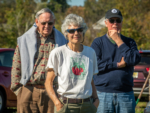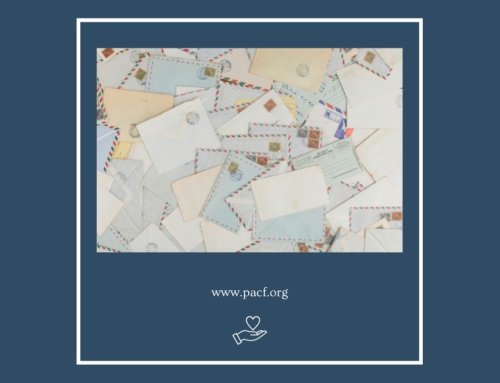The Community Foundation recently held a panel discussion on Food Insecurity and the Environment. Through the event, we hoped to provide our donors and fundholders with new insights from representatives of The Chubby’s Project, D&R Greenway, Northeast Organic Farming Association, and Share My Meals.
Here’s are some things you may not have known about Food Insecurity and the Environment:
- Climate change, combined with the exploitation of the world’s land and water resources, is already threatening the world’s food supply. Here in the US, we are experiencing extreme weather that is affecting our food supply, from droughts in the west to floods and heavy downpours in the east.
- It’s not just climate that threatens food security. Another UN study highlighting the issue of food insecurity and the environment found as much as 1/3 of all food is never eaten. In fact, if food waste was a country, it would be ranked third in the world as a greenhouse gas emitter, behind China and the US.
- During the pandemic, Share My Meals in Princeton distributed 100,000 meals in 22 communities to about 180 families comprised of 850 people; those surplus meals came from cafeterias of local corporations, schools, universities, and restaurants and would have otherwise gone to waste.
- Locally sourced food is an important way to protect the environment. During the pandemic, volunteers working with D&R Greenway created a Sharing Garden at Michael’s Preserve in Hopewell, and this season, staff and volunteers have harvested and donated more than 1,000 pounds of produce to The Chubby’s Project to feed local community members in need.
- There are many community gardens in our area, and we are seeing a growing interest in local, small gardening efforts, including at schools.
- New Jersey preserved a significant amount of farmland, but still faces difficulties in sourcing food locally because it does not have enough farmers in the state, and much of that population is aging.
- The Northeast Organic Farming Association’s (NOFA) New Jersey chapter has created an online land link to connect farmers with preserved land to make it easier to access land and start an agricultural business in the state.
- Those studying regenerative farming are trying to determine how to best grow crops while facing climate change, and they are working to remove carbon from the atmosphere and return it to the soil. D&R Greenway and Soil Carbon Partners have launched a Climate Project at St. Michael’s, designed to produce nutrient-rich organic food while sequestering carbon.
- The Chubby’s Project in Hopewell has been practicing “intentional neighboring,” with volunteers delivering free, hot meals and grocery bags, while spending time with those in need.
- Hopewell fifth-graders have been helping to stock the food pantry at Aunt Chubby’s Luncheonette.
- What about the cost of organic foods? Organic fruits and vegetables sold at farmer’s markets and via community supported agriculture (CSA) projects may be less expensive than non-organic because those programs eliminate middlemen.
- To help low-income families to have access to healthy food, some SNAP benefits are subsidized with a 2-for-1 value for fresh produce and are redeemable at many farmers markets.
- As part of an educational effort to teach families how to cook some of the unique produce in CSA boxes, NOFA-NJ, The Suppers Program and Jammin’ Crepes teamed up to share recipes and cooking classes via video.





















































